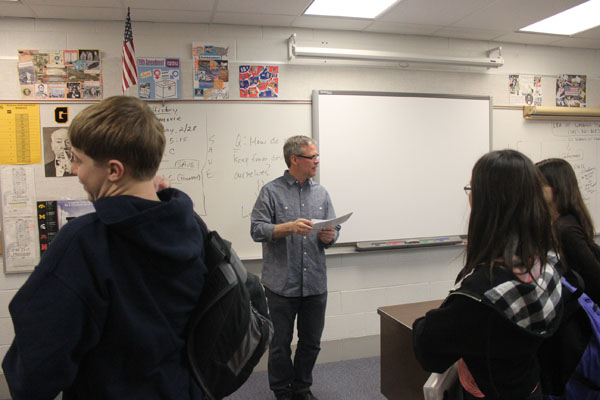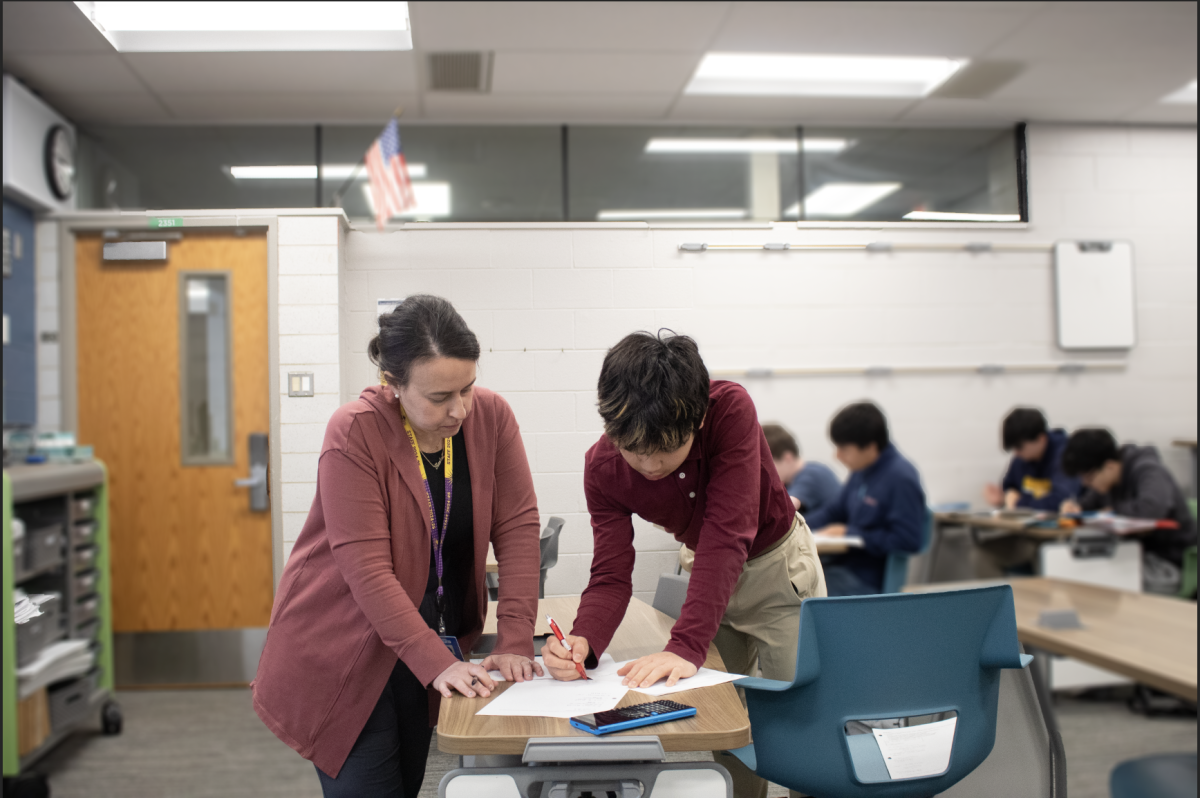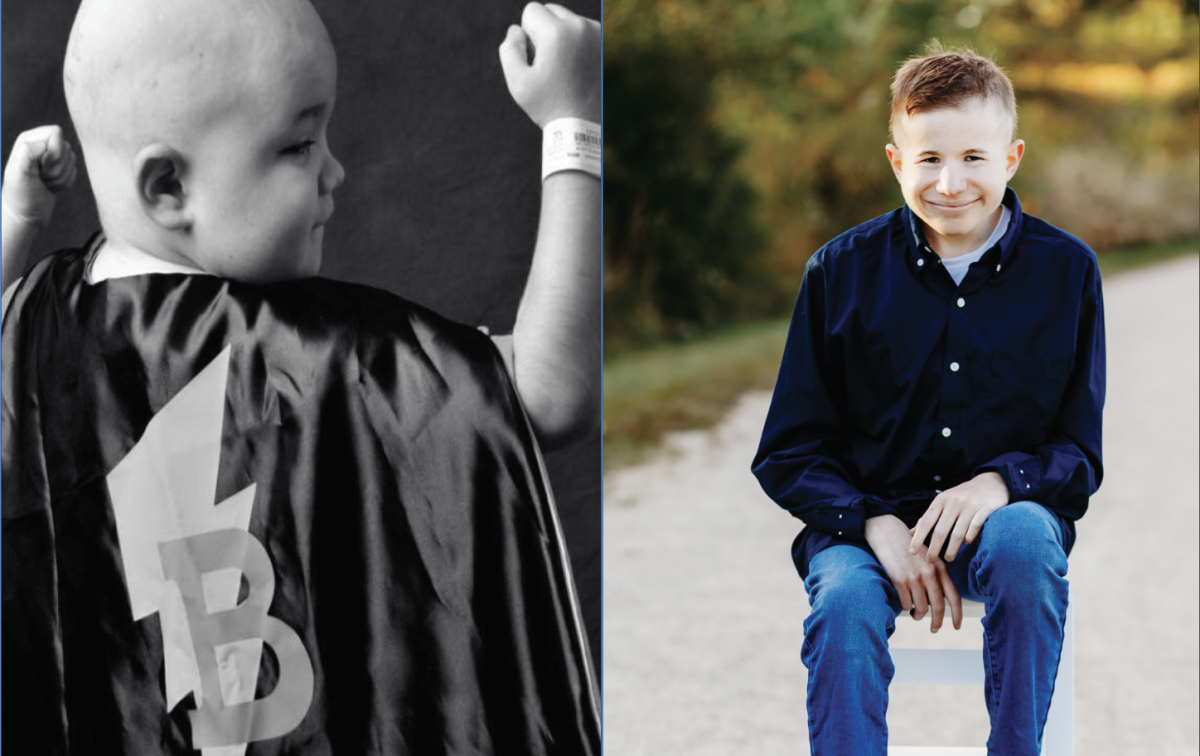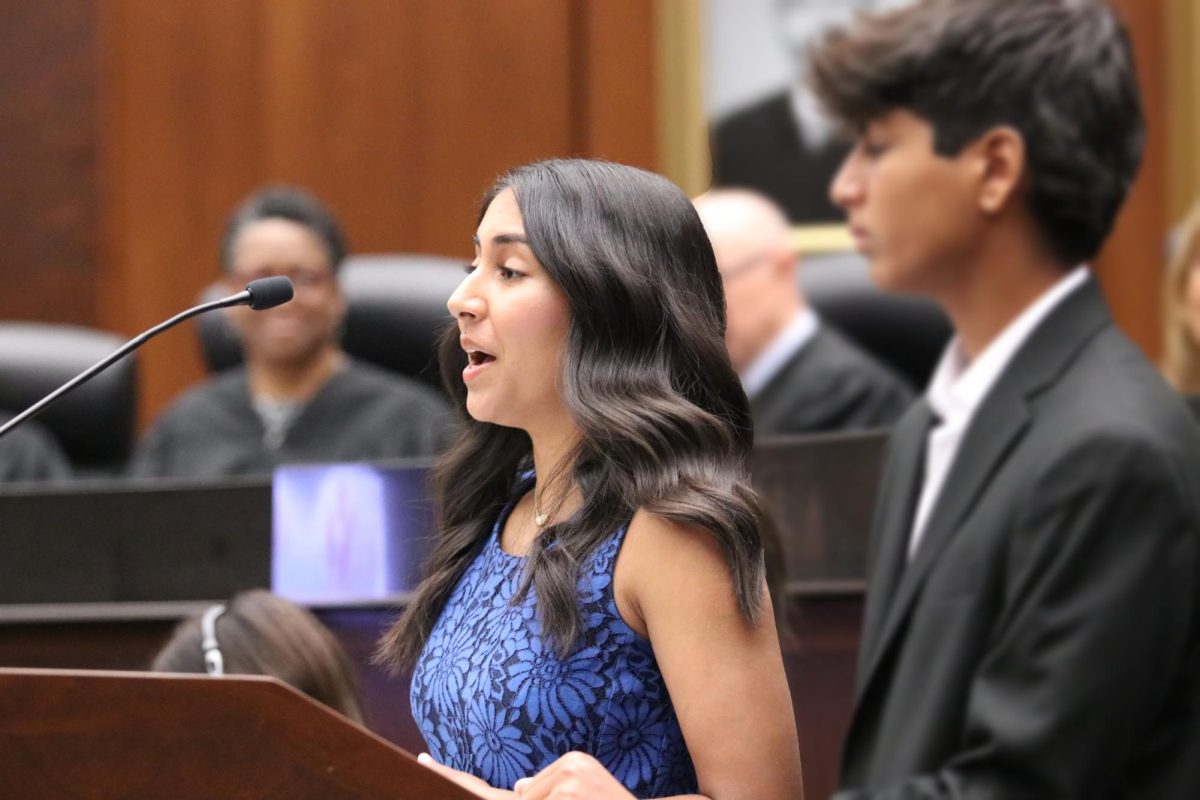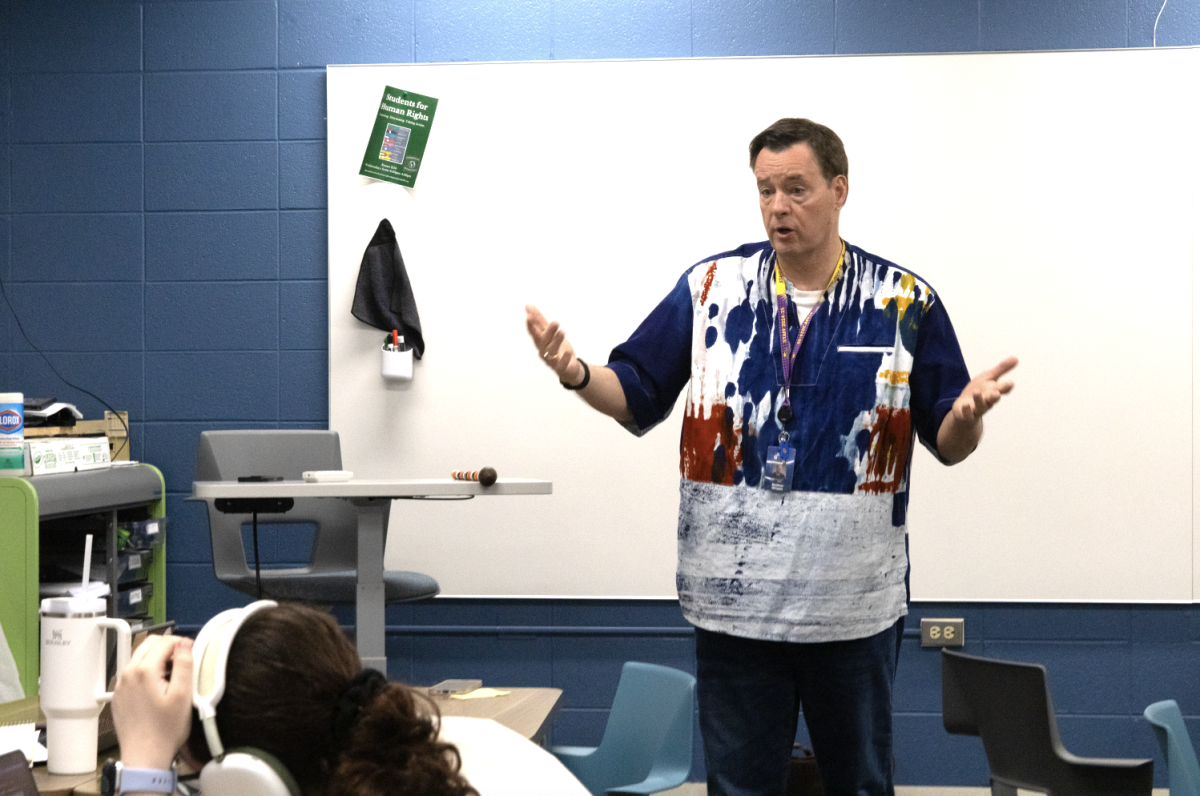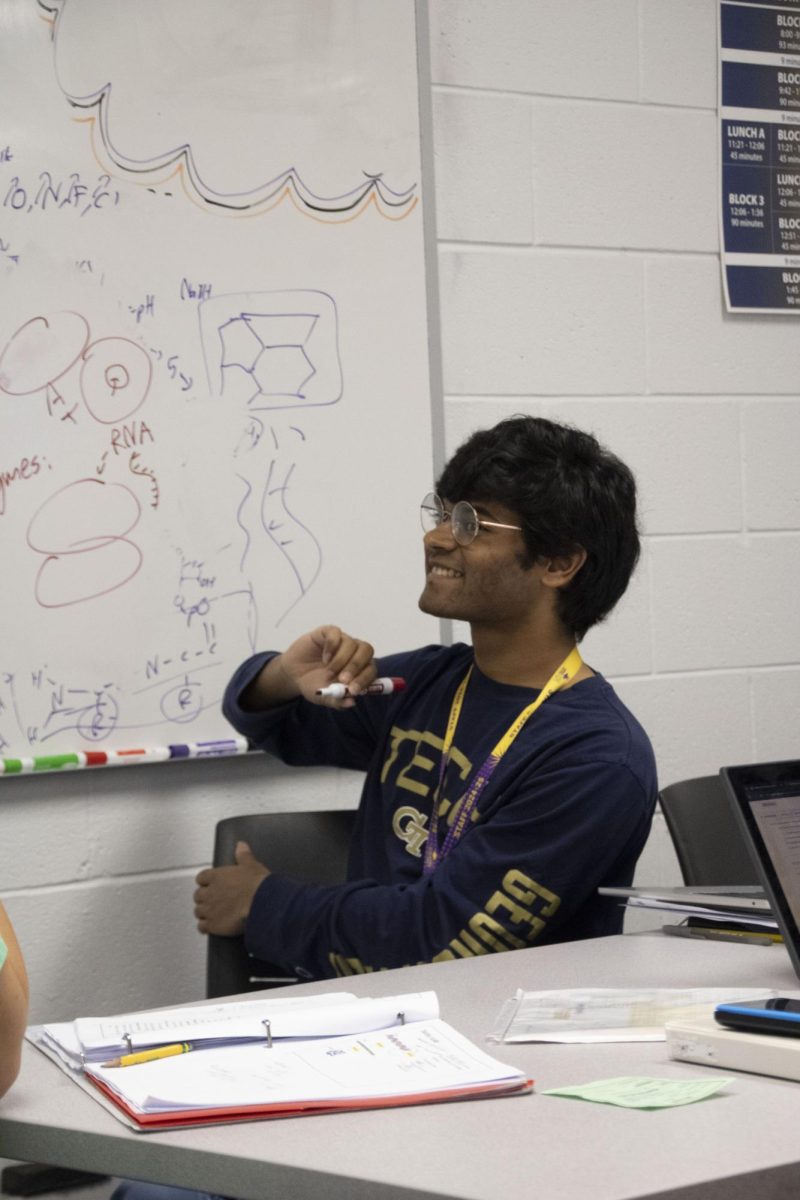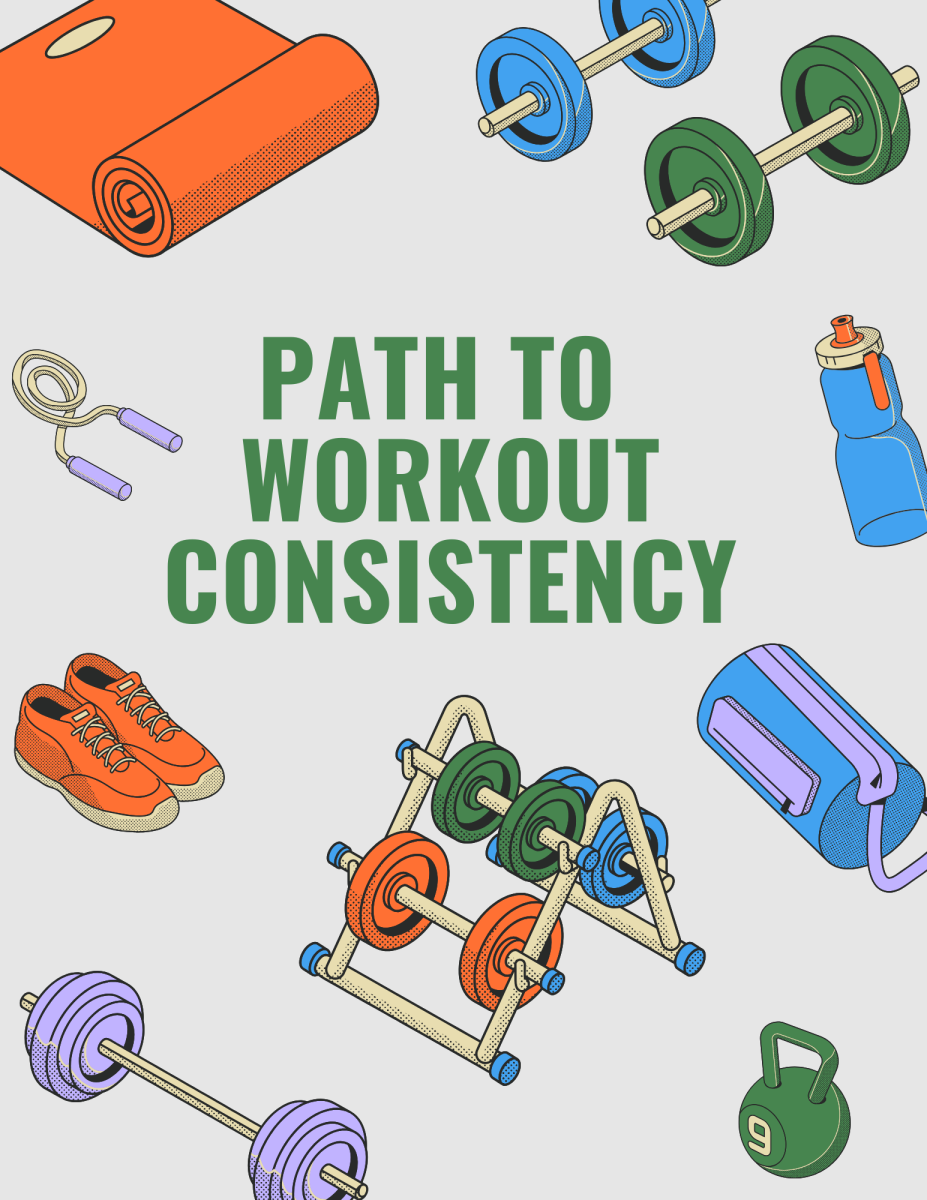Teachers—can’t learn in school without them. Besides simply teaching their material, some might claim they also teach life lessons, and can have a lasting impact on students.
One teacher at South, Gerald Fogarty, does his part to influence students and to educate them about world history and eastern religions.
“I think my basic method is I try to make connections with material to students’ everyday lives,” Fogarty said.
He believes that making that connection helps students to enjoy and engage in learning. Fogarty applies these teaching methods in his History of World Civilizations (HWC) class and in his Eastern World Religions class.
According to Fogarty, the biggest difference between teaching HWC and Eastern World Religions is that in his Religions class, they go much more in depth each unit.
For example, the Eastern Religions class discusses the concept of karma, and Fogarty and students’ life experiences shape the conversation, according to Fogarty.
According to Fogarty, he tries to emphasize to his students that they will need to know how to be responsible as adults. His teaching techniques incorporate this ideal.
“I’m constantly emphasizing to the freshmen why…they’re learning about the world,” Fogarty said. “They’re in a transition period from adolescence to adulthood, and in a very short period of time, their culture and their society is going to expect them to carry the burden of being the decision-makers and being the responsible ones.”
In his Religions class, Fogarty uses different techniques to teach his students; the class has “discussion Fridays” where the students write down a question they have and discuss it during class.
“[Fogarty] likes to make sure everyone is engaged and delving into what they truly believe,” junior Izzy Fradin said.
While Fogarty mainly teaches his students, he has given teachers insight as well.
According to Social Studies teacher Daniel Rhoades, Fogarty has taught him a lot.
“I’ve learned a lot about meeting students where they are,” Rhoades said. “When to be patient and when to be impatient in the sense of when to give a kid a little bit of extra time or cut them some slack and when to bring the hammer down and be strict.”
One of the most important lessons Fradin learned in Fogarty’s class was to go out of her comfort zone. She also realized that people are capable of more than they think if they put their minds to it, according to Fradin.
Besides students, some teachers also look up to Fogarty.
According to Rhoades, Fogarty is empathetic and engaging, and he knows when to be serious, but he also knows the right time to joke around.
“Basically, he is the ideal teacher,” Rhoades said.



